Aerial photos of Palkhor Chode Monastery
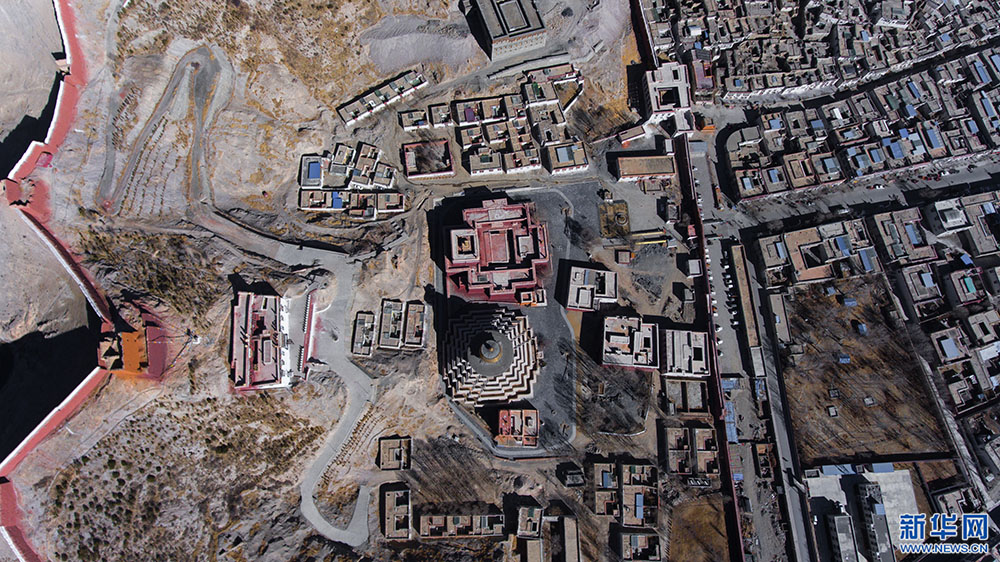
Palkhor Chode Monastery, a key national protective cultural relic in China, is located in Gyantse County known as “Hero City” in Shigatse, Tibet. Built in early 15th century, the monastery is famous for its coexistence of three factions of Tibetan Buddhism, i.e. Sakya, Kadampa, and Gelug sects. The monastery combines pagodas with temples, creating a unique beauty that cannot be expressed in words.
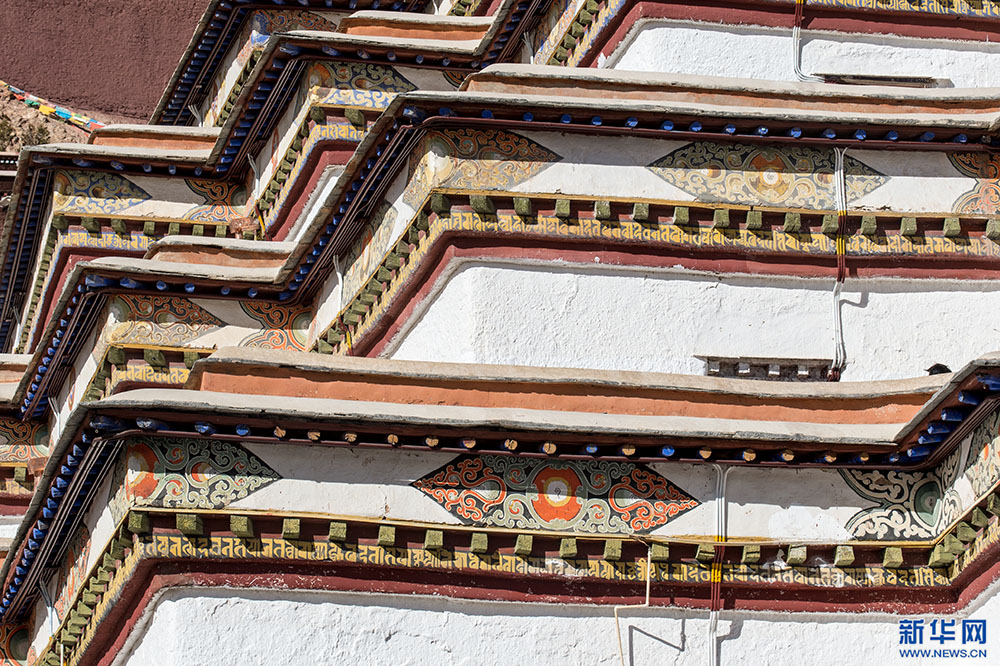
Palkhor Chode Monastery, a key national protective cultural relic in China, is located in Gyantse County known as “Hero City” in Shigatse, Tibet. Built in early 15th century, the monastery is famous for its coexistence of three factions of Tibetan Buddhism, i.e. Sakya, Kadampa, and Gelug sects. The monastery combines pagodas with temples, creating a unique beauty that cannot be expressed in words.

Palkhor Chode Monastery, a key national protective cultural relic in China, is located in Gyantse County known as “Hero City” in Shigatse, Tibet. Built in early 15th century, the monastery is famous for its coexistence of three factions of Tibetan Buddhism, i.e. Sakya, Kadampa, and Gelug sects. The monastery combines pagodas with temples, creating a unique beauty that cannot be expressed in words.
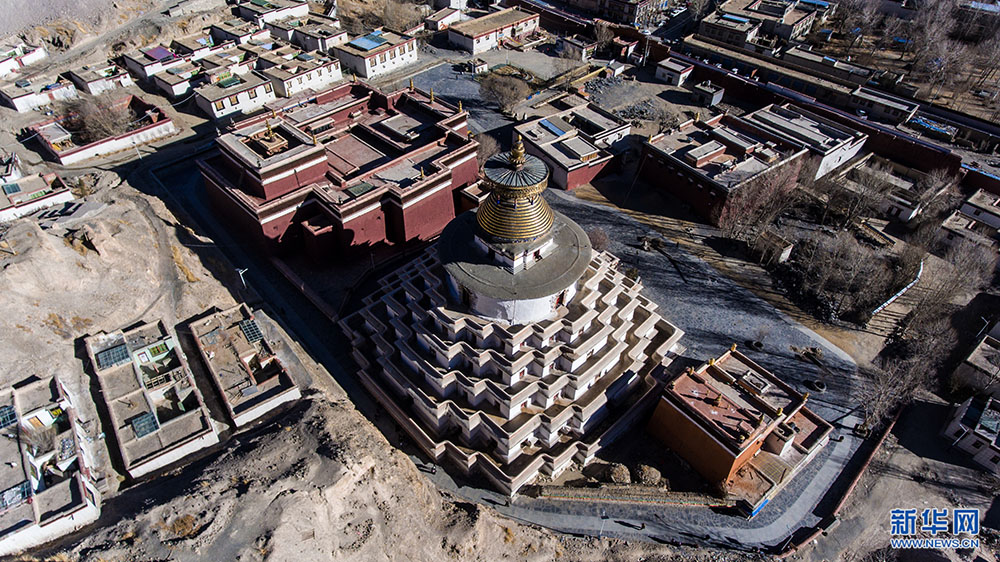
Palkhor Chode Monastery, a key national protective cultural relic in China, is located in Gyantse County known as “Hero City” in Shigatse, Tibet. Built in early 15th century, the monastery is famous for its coexistence of three factions of Tibetan Buddhism, i.e. Sakya, Kadampa, and Gelug sects. The monastery combines pagodas with temples, creating a unique beauty that cannot be expressed in words.
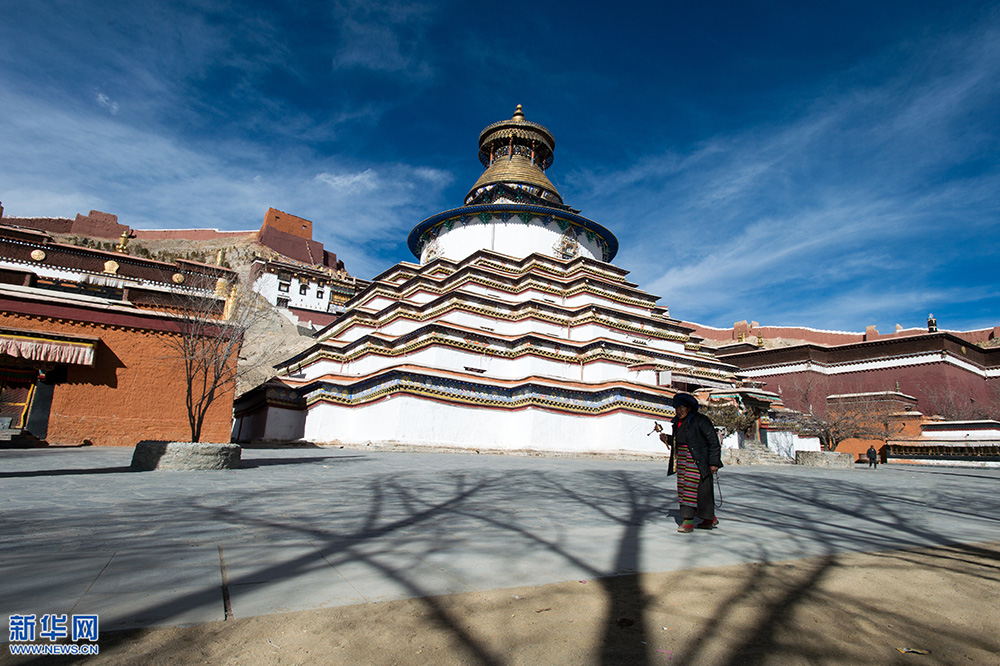
Palkhor Chode Monastery, a key national protective cultural relic in China, is located in Gyantse County known as “Hero City” in Shigatse, Tibet. Built in early 15th century, the monastery is famous for its coexistence of three factions of Tibetan Buddhism, i.e. Sakya, Kadampa, and Gelug sects. The monastery combines pagodas with temples, creating a unique beauty that cannot be expressed in words.
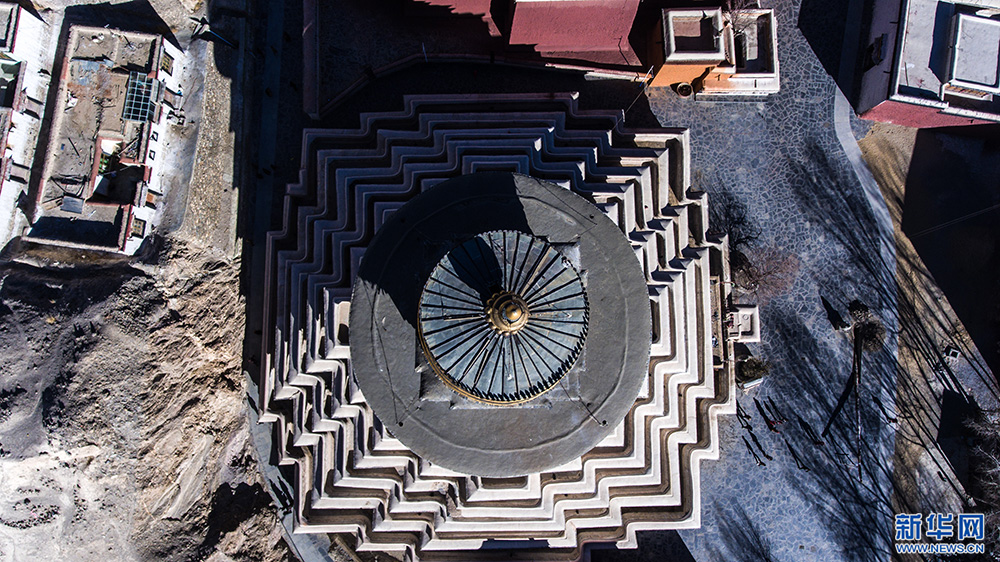
Palkhor Chode Monastery, a key national protective cultural relic in China, is located in Gyantse County known as “Hero City” in Shigatse, Tibet. Built in early 15th century, the monastery is famous for its coexistence of three factions of Tibetan Buddhism, i.e. Sakya, Kadampa, and Gelug sects. The monastery combines pagodas with temples, creating a unique beauty that cannot be expressed in words.
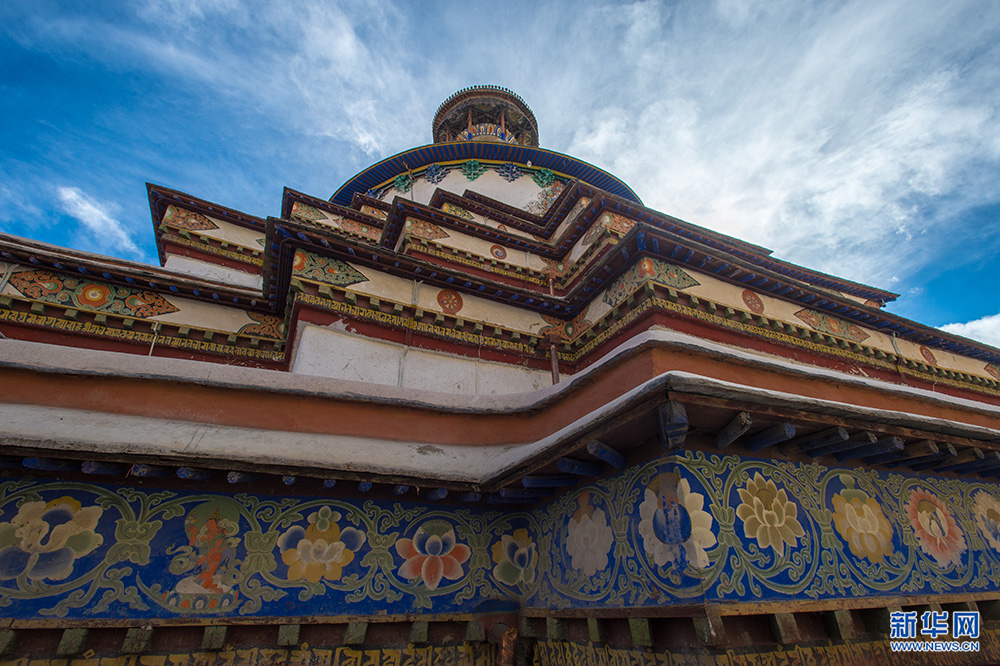
Palkhor Chode Monastery, a key national protective cultural relic in China, is located in Gyantse County known as “Hero City” in Shigatse, Tibet. Built in early 15th century, the monastery is famous for its coexistence of three factions of Tibetan Buddhism, i.e. Sakya, Kadampa, and Gelug sects. The monastery combines pagodas with temples, creating a unique beauty that cannot be expressed in words.
Your Comment
Name E-mailRelated News
More >>-
;
-
-
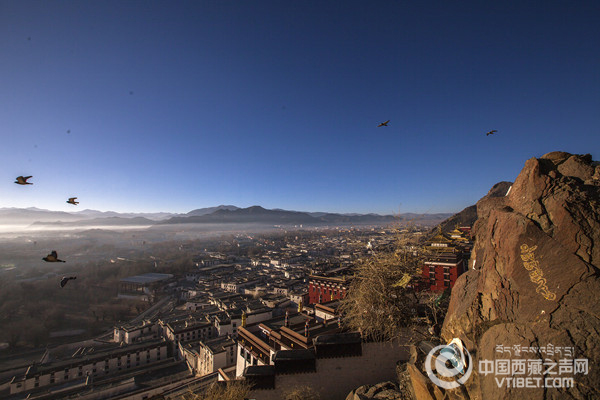
-
Snapshots of Tibet’s Shigatse City at dawn
Standing at Mountain Nyima in the west of Shigatse City, you can overlook the ancient city in Tibet plateau. When the first sunshine cross the mist in winter, the city looks so quiet, warm and bright.
-
-
-

-
Winter scenery in Shigatse, Tibet
In winter, snow-capped mountains in this region is towering and magnificent.[
-

